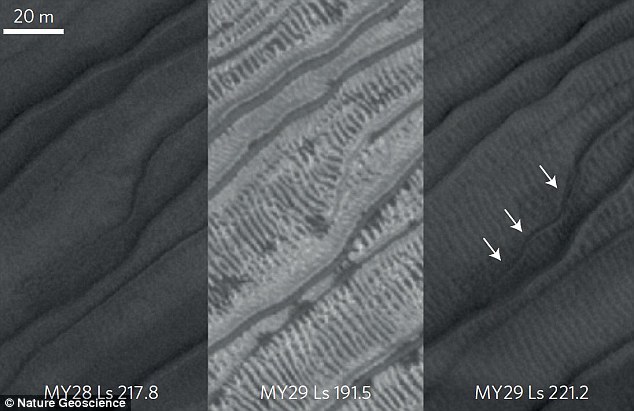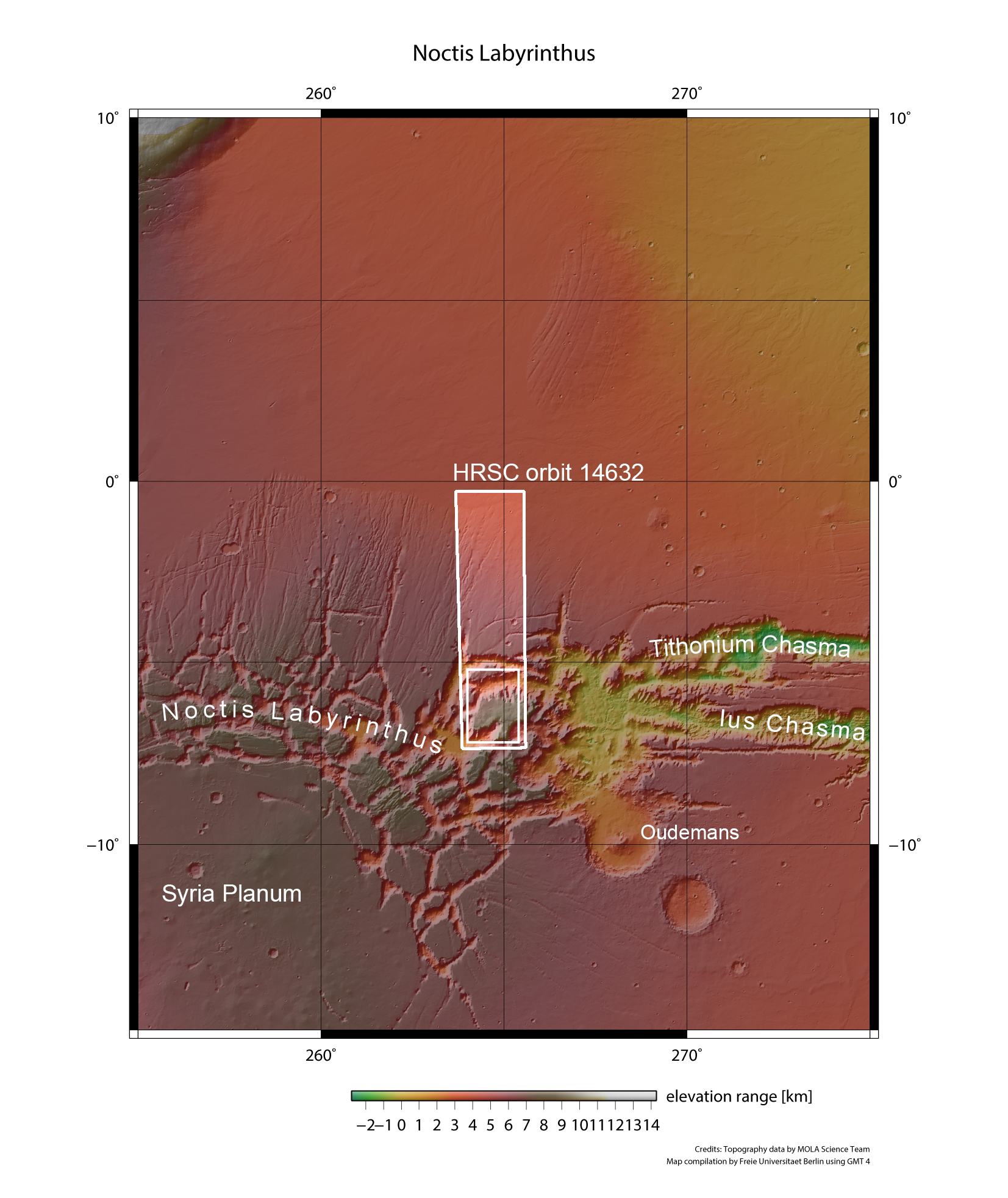CAPSLOCKSTUCK
Spaced Out Lunar Tick
- Joined
- Feb 26, 2013
- Messages
- 8,578 (2.11/day)
- Location
- llaregguB...WALES
| System Name | Party On |
|---|---|
| Processor | Xeon w 3520 |
| Motherboard | DFI Lanparty |
| Cooling | Big tower thing |
| Memory | 6 gb Ballistix Tracer |
| Video Card(s) | HD 7970 |
| Case | a plank of wood |
| Audio Device(s) | seperate amp and 6 big speakers |
| Power Supply | Corsair |
| Mouse | cheap |
| Keyboard | under going restoration |
Nasa’s Curiosity Mars rover has captured photos of the first Martian sand dune ever studied.
The rover encountered these dunes on an excursion up a layered mountain. The Martian sand dunes are a part of ‘Bagnold Dunes,' which run along the northwestern side of Mount Sharp inside Gale Crater.


The Martian sand dunes are a part of ‘Bagnold Dunes, which run along the northwestern side of Mount Sharp inside Gale Crater. The images show the rippled surface of the ‘High Dune,’ taken by the Curiosity’s Mast Camera, and have been adjusted slightly to resemble daytime conditions on Earth
Mount Sharp stands about 3 miles (5 kilometers) tall, its lower flanks exposing hundreds of rock layers.
The rock layers – alternating between lake, river and wind deposits -- bear witness to the repeated filling and evaporation of a Martian lake much larger and longer-lasting than any previously examined close-up.

Curiosity currently is investigating the lowest sedimentary layers of Mount Sharp, a section of rock 500 feet (150 meters) high dubbed the Murray formation.
The Gale Crater once contained lakes that remained for up to 10,000 years at a time - long enough to support life.

Rock formations photographed by the rover suggest that long ago a transient water system of deltas and lakes dominated the landscape.
NASA's Mars Science Laboratory Project uses Curiosity to assess ancient, potentially habitable environments and the significant changes the Martian environment has experienced over millions of years.
This project is one element of NASA's ongoing Mars research and preparation for a human mission to the planet in the 2030s.
In 2005, the wheels of NASA's Mars Exploration Rover Opportunity dug more than 10 centimeters (4 inches) deep into the soft, sandy material of a wind-shaped ripple in Mars' Meridiani Planum region during the rover's 446th martian day, or sol (April 26, 2005).
Getting the rover out of the ripple, dubbed "Purgatory Dune," required more than five weeks of planning, testing, and carefully monitored driving.
Opportunity used its navigation camera to capture this look back at the ripple during sol 491 (June 11, 2005), a week after the rover drove safely onto firmer ground.
The ripple that became a sand trap is about one-third meter (one foot) tall and 2.5 meters (8 feet) wide.

A wheel track left by NASA's Curiosity Mars rover exposes underlying material in a shallow sand sheet in this Dec. 2, 2015, view from Curiosity's Mast Camera (Mastcam)
The rover encountered these dunes on an excursion up a layered mountain. The Martian sand dunes are a part of ‘Bagnold Dunes,' which run along the northwestern side of Mount Sharp inside Gale Crater.


The Martian sand dunes are a part of ‘Bagnold Dunes, which run along the northwestern side of Mount Sharp inside Gale Crater. The images show the rippled surface of the ‘High Dune,’ taken by the Curiosity’s Mast Camera, and have been adjusted slightly to resemble daytime conditions on Earth
Mount Sharp stands about 3 miles (5 kilometers) tall, its lower flanks exposing hundreds of rock layers.
The rock layers – alternating between lake, river and wind deposits -- bear witness to the repeated filling and evaporation of a Martian lake much larger and longer-lasting than any previously examined close-up.

Curiosity currently is investigating the lowest sedimentary layers of Mount Sharp, a section of rock 500 feet (150 meters) high dubbed the Murray formation.
The Gale Crater once contained lakes that remained for up to 10,000 years at a time - long enough to support life.

Rock formations photographed by the rover suggest that long ago a transient water system of deltas and lakes dominated the landscape.
NASA's Mars Science Laboratory Project uses Curiosity to assess ancient, potentially habitable environments and the significant changes the Martian environment has experienced over millions of years.
This project is one element of NASA's ongoing Mars research and preparation for a human mission to the planet in the 2030s.
In 2005, the wheels of NASA's Mars Exploration Rover Opportunity dug more than 10 centimeters (4 inches) deep into the soft, sandy material of a wind-shaped ripple in Mars' Meridiani Planum region during the rover's 446th martian day, or sol (April 26, 2005).
Getting the rover out of the ripple, dubbed "Purgatory Dune," required more than five weeks of planning, testing, and carefully monitored driving.
Opportunity used its navigation camera to capture this look back at the ripple during sol 491 (June 11, 2005), a week after the rover drove safely onto firmer ground.
The ripple that became a sand trap is about one-third meter (one foot) tall and 2.5 meters (8 feet) wide.

A wheel track left by NASA's Curiosity Mars rover exposes underlying material in a shallow sand sheet in this Dec. 2, 2015, view from Curiosity's Mast Camera (Mastcam)











































